Malaysia
Malaysia and Indonesia in cross-border power exchange
Malaysia and Indonesia in cross-border power exchange
Malaysia's TNB inked an agreement with two Indonesian entities to facilitate a cross border electricity-exchange between the two countries.
Reducing diesel power plant HFO bill
The first half of 2012 saw fossil fuel prices skyrocketed to new highs. Heavy Fuel Oil ( HFO ) cSt180 went up to a ceiling of USD800 per ton.
RHB Research: S P Setia to raise funds for Battersea mainly from bank borrowings
RHB Research Institute said the joint bid by S P Setia and Sime Darby has been identified as the preferred
Prai Power signs settlement with Sumitomo over defective rotor
Prai Power has withdrew its RM83.61 million or US$26.28 million claim in the arbitration proceedings against Sumitomo arising from a defective rotor.
Siemens to supply turbines, generators to PLN's coal-fired plant
PLN will buy turbines and generators for its coal-fired power plants from PT Siemens Industrial Power.
Malaysian firm helps develop Vietnam's wind energy sector
Timar Wind Solar Energy Malaysia will invest US$800 million in development of new renewable energy technology in Ninh Thuan.
Cheap energy makes Sabah, Sarawak favourable: investor
The abundance of cheap energy as well as the availability of land and improved infrastructure have made Sabah and Sarawak favourable for investment.
TNB earmarks $3.1B for increased generating capacity
Tenaga Nasional Bhd will spend about RM9.7 billion or US$3.1 billion in the next five years to increase electricity generating capacity in Malaysia.
Indonesia's Coal Move Might Increase Power Production Cost
Malaysia's power sector will not face a crisis if Indonesia's proposal to impose a 25 per cent export tax on coal and base metals this year comes into effect.
TNB allocates $16.3M to meet West Kuala Lumpur electricity needs
TNB allocated US$16.3 million or RM50 million for 150 development projects to meet demand for electricity supply in West Kuala Lumpur.
Malaysia's TNB to utilize waste energy
Tenaga Nasional Bhd will purchase energy generated from municipal solid waste .
Penang parries radioactive allegations vs Bosch solar panel plant
The Penang government insists that the Bosch solar panel plant planned for Batu Kawan is safe and free from radioactive waste.
xMinistry Mulls Including Wind, Thermal Energy Into Re Mix Energy Fit System
he Energy, Green Technology and Water Ministry is considering including wind and thermal energy into the renewable energy mix of feed-in-tariff (FIT) system.
Malaysia's TNB to buy solar energy from ex-landfill site
Cypark will start selling electricity from its solar farm to Tenaga Nasional Berhad on March 28.
Nine bidders shortlisted for Prai power project
Malaysia's Energy Commission shortlisted nine consortia and sole bidders in the tender process for the Prai combined-cycle gas turbine power project.
Malaysia looks at Indian hydro power projects
Malaysia is showing increasing interest in investing in hydro-electric power projects in India.
Malaysia's TNB to get more profits under govt reform initiatives
Malaysia's Tenaga Nasional Bhd could add up to 30% in core net profits in fiscal period ending Aug 31, 2013 due to government reform initiatives.

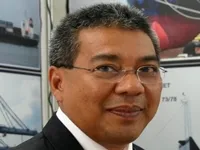

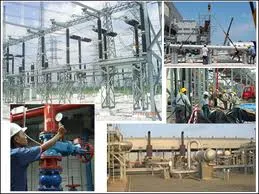

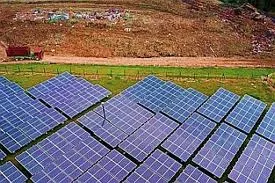
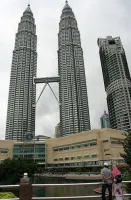

 Advertise
Advertise

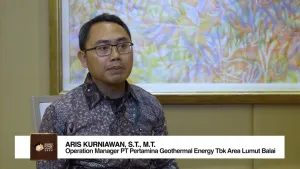


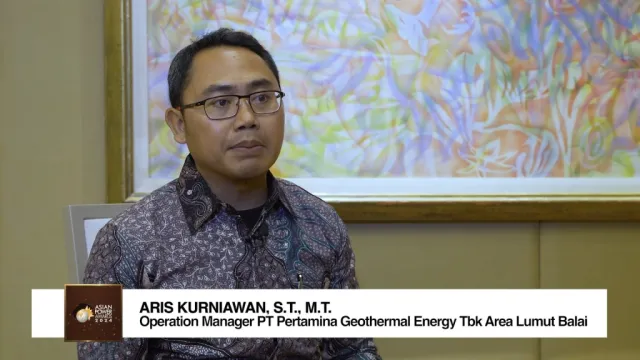
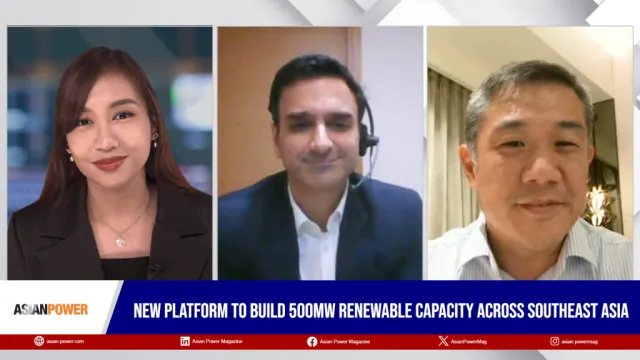
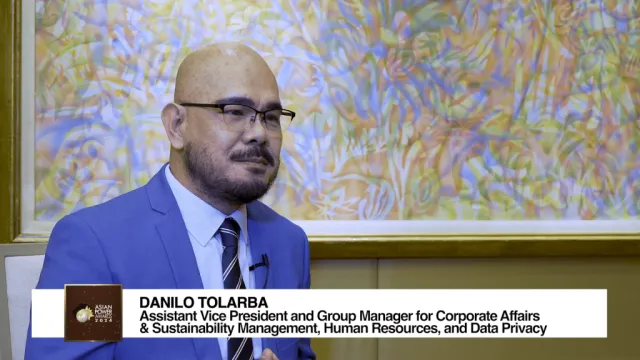
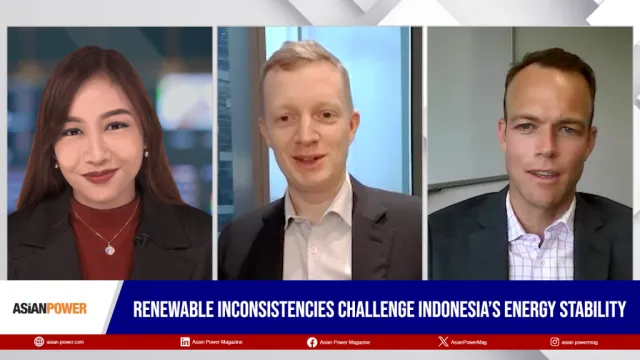








Commentary
Navigating risk strategies for decommissioning traditional power plants